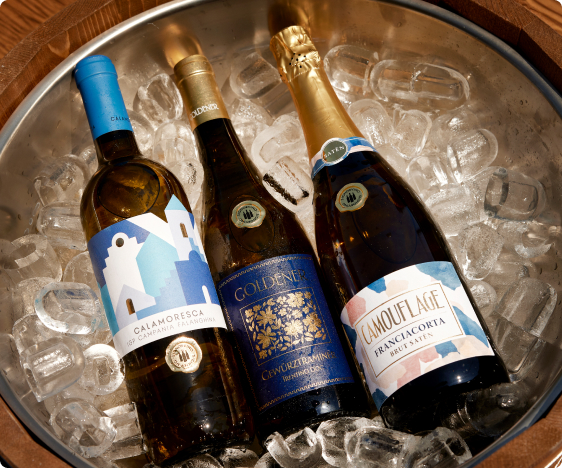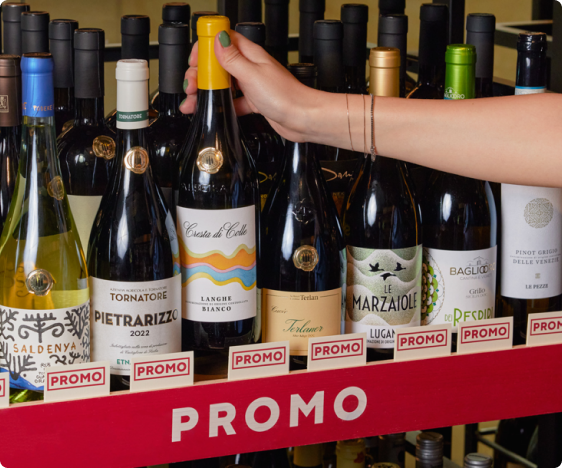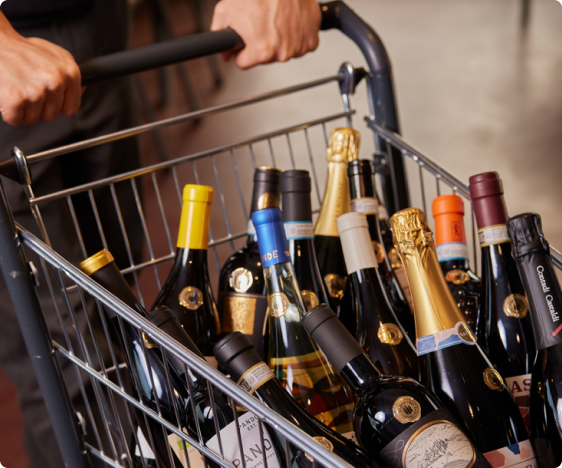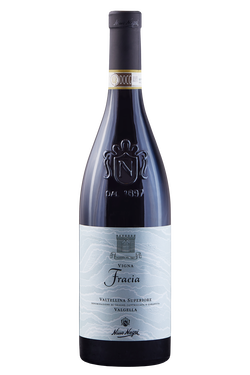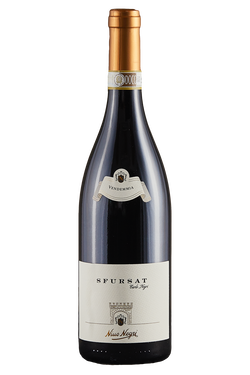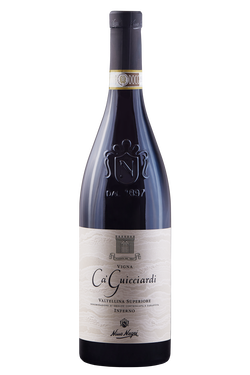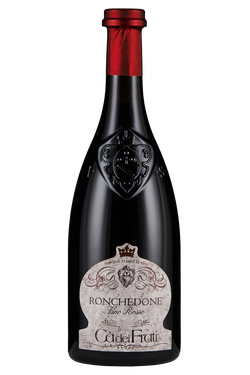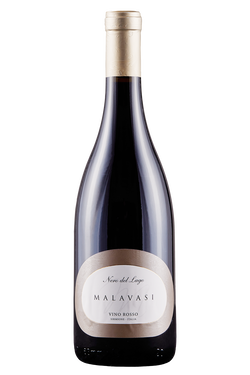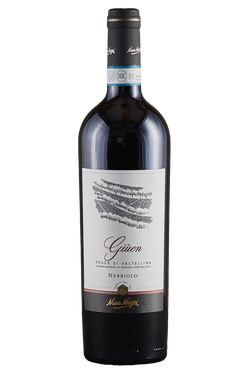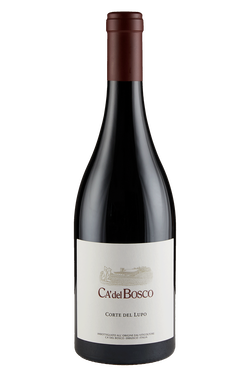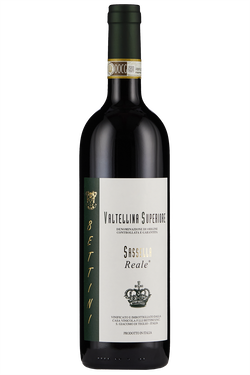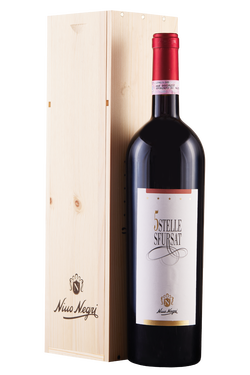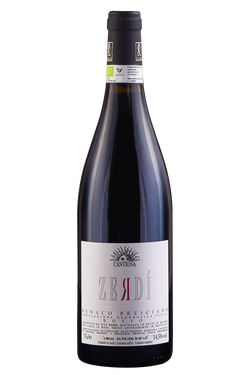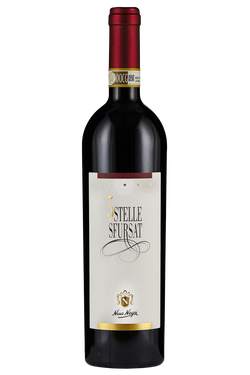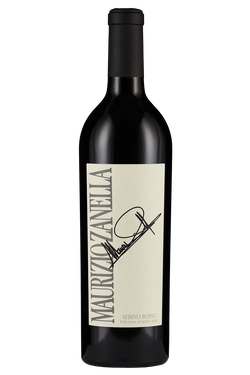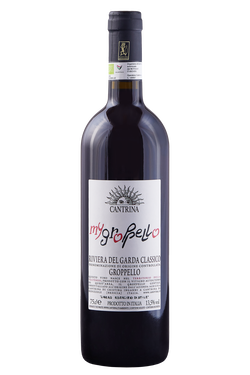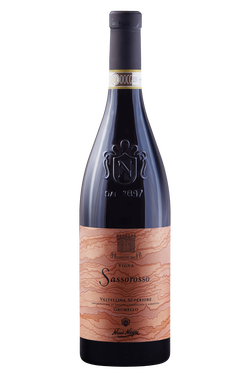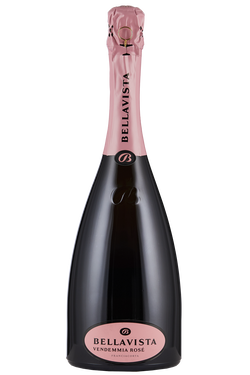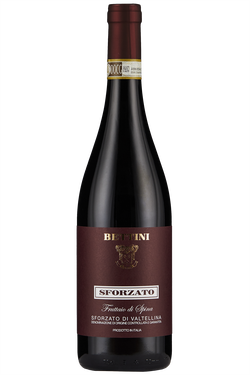The best red wines from Lombardy
There are some important labels produced in Lombardy, including whites and reds, some of which have become synonymous with heroic viticulture. Of these, the best red wines of this type from Lombardy are Sforzato and Valtellina Superiore. It is incredible what excellent products can be produced in this region from Nebbiolo, a grape variety just as well known in Piedmont and Valle d’Aosta. In Lombardy, this fine red grape, called Chiavennasca there, is used to produce a great aged wine, Sfursat or Sforzato di Valtellina, along with other important designations that could definitely not be considered minor. Sforzato is a red wine made from partially dried grapes that achieved DOCG (Denominazione di Origine Controllata e Garantita) status in 2003, in which the grapes are left to dry in drying lofts for no less than three months. This production phase is one of the most delicate in the entire process because to get a high-quality wine, the drying must be slow and constant and the grape must not be subjected to temperature changes or be attacked by mould produced by the humidity. It is estimated that after drying, the grape loses 40% of its weight, consolidating its organoleptic properties and developing others typical of drying.
Major red wine designations in Lombardy
At this point, the grape is ready to be pressed and then aged for at least 20 months in barrels and the bottle. The minimum ABV is 14% for a robust wine, which develops colours that turn to garnet, aromas of overripe red berry fruit, often of blackberry and currant jam, hints of sweet spices, and a long and complex palate. As well as the Sforzato di Valtellina DOCG, Nebbiolo is used to produced other reds in Lombardy, such as Valtellina Superiore Inferno, also in a Riserva version, Valtellina Superiore Maroggia, Sassella, Grumello, and Valgella. Lombardy’s reds also include Pinot Noir, especially in Oltrepò Pavese, an ancient area where the vine has been cultivated since 40 BC. In this region, Pinot Noir can be sparkling in the Cruasé designation rosé version or vinified still. Some of the most traditional wines in this 13,500-hectare territory include the Bonarda DOC, made from the red Croatina grape (not to be confused with the Piedmontese grape variety called Bonarda, which is part of many DOC wines in that region). One of the standout reds from Oltrepò Pavese is the award-winning Buttafuoco, produced from Croatina, Barbera, Uva Rara, and Ughetta grapes.
Pairings with Lombardy’s red wines
In a land where risotto is one of the most famous dishes, like saffron and veal shank risotto, we recommend experimenting without hesitation and trying different designations! Want some examples? With risotto alla milanese, opt for a Barbera, while a rich Bonarda is a good pairing for salami pasta. Bonarda is a wine that goes with the whole meal and can also be enjoyed with savoury tarts, agnolotti pasta, meat ravioli, cured meats, roasted or stewed white meats and, semi-mature cheeses. If you love Cassoeula with cabbage, which is a dense and very fatty dish (real connoisseurs also add the pig’s feet and nose!), serve a highly tannic or lively red, like Lambrusco Mantovano. This semi-sparkling wine is also an excellent accompaniment for tortellini, a stew, or macaroni with a sauce of rabbit and white meats. It can also be paired with fish specialities like fried freshwater fish, eel, trout, and calamari. If first courses from the mountains are your passion, pizzoccheri (buckwheat pasta) is the answer, which you can pair with a Valtellina Superiore Inferno, a wine with a dry and slightly tannic taste. It pairs well with all typical dishes from Valtellina, including polenta and Valtellina-style lamb.
More harmonious flavours and aromas
With a slice of exquisite Bitto Storico cheese, be daring and try a glass of Sforzato di Valtellina. This wine can also be enjoyed with a lepre in salmì (hare stew) or with roe deer appetisers, or on its own as a meditation wine. With a Maroggia, we recommend eating red meats, game, and mature cheeses. While Sassella can be paired with Valtellina’s typical Sciàtt, buckwheat fritters filled with Casera cheese. When it comes to Grumello, its intense aroma and velvety taste make it a good accompaniment for heavy meats and mature cheeses. Valgella, on the other hand, has fresh, floral notes and can be paired with pizzoccheri con verze (buckwheat pasta and cabbage), potatoes and melted butter, bresaola and goat, or with Chiavenna-style gnocchi with butter, sage and rosemary. What should you pair with cotoletta alla milanese (Milanese-style veal), whose heritage has been disputed for centuries between Austria and Lombardy? A red Pinot Noir from Oltrepò, served slightly cooler! This wine can also accompany lamb, beef fillets, porcini mushroom or truffle dishes, and roast chicken. Now all you have to do is try them!
